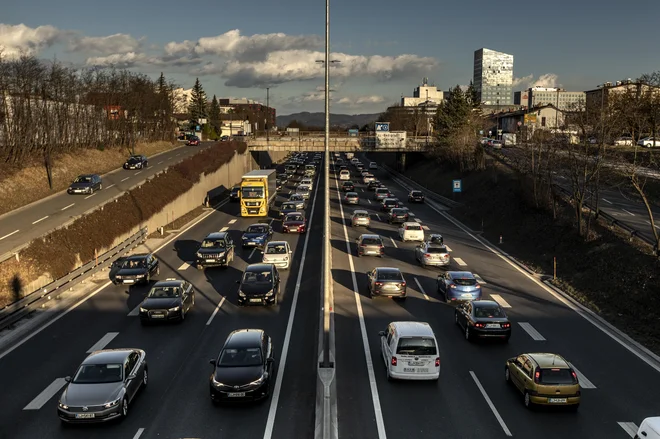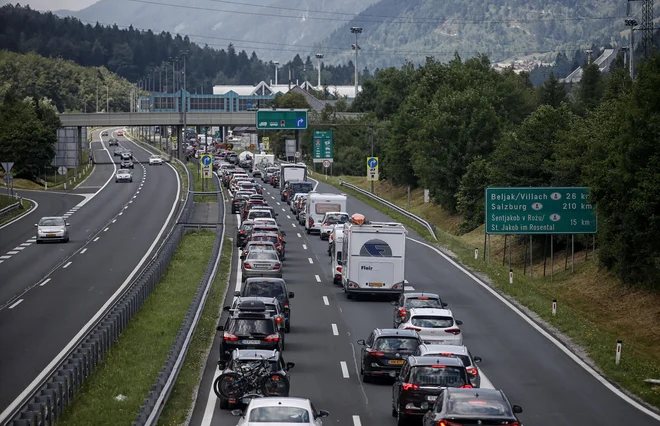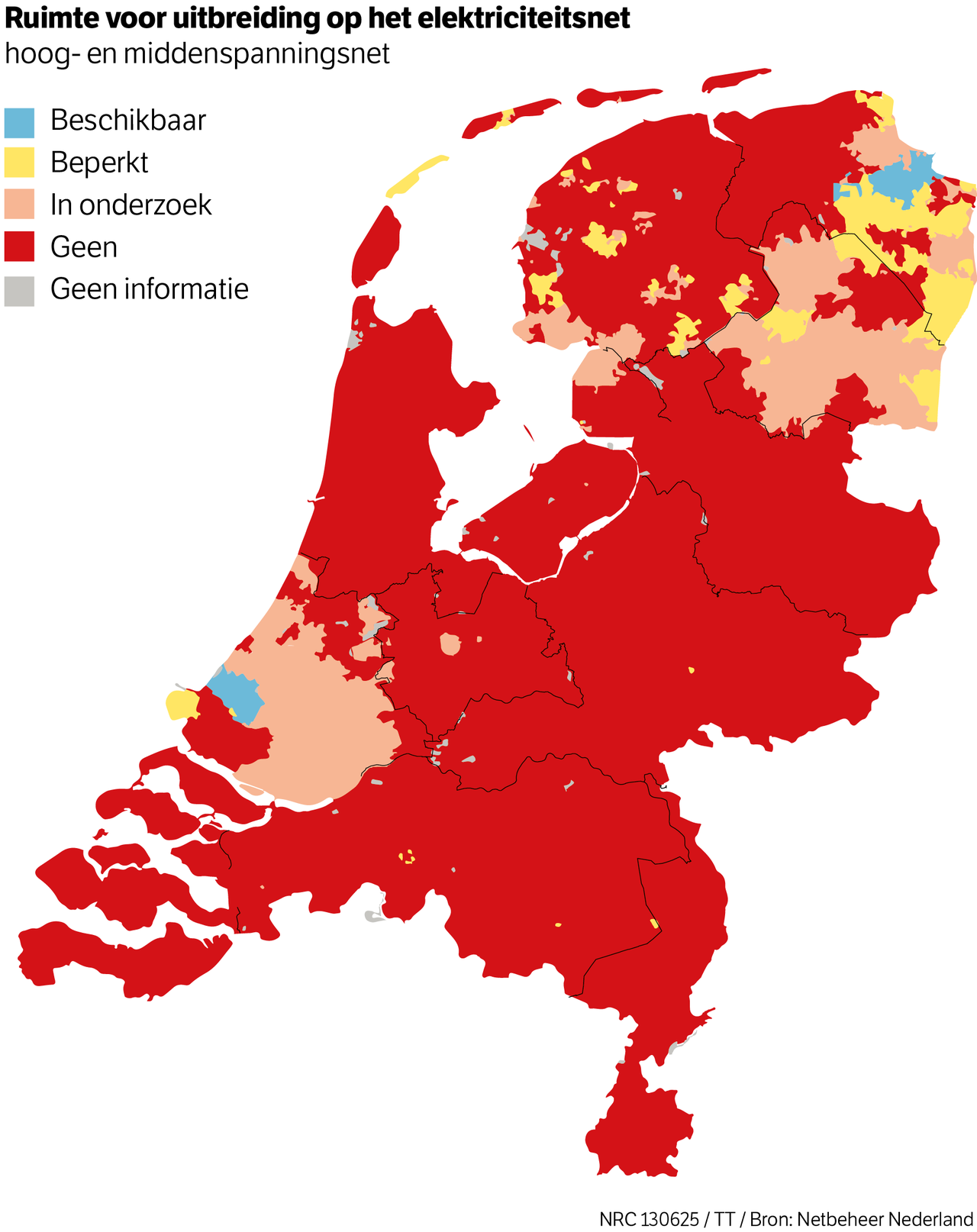Phantom congestion also occurs due to incorrect digital characters

Modern cars are increasingly showing drivers of speeds on digital screens – but these are not always in accordance with actual traffic signs. Information comes from various sources, such as Google Maps maps, local databases or cameras installed in vehicles. But how reliable is this information? And can incorrect restrictions even cause dangerous traffic situations?
At the Public Agency of the Republic of Slovenia for Transport Safety (AVP), they confirm that they are aware that many navigation systems and assistive aids show drivers to the speed restrictions that they draw from external sources or digital databases. Systems such as intelligent cruise control and Isa (speeding systems) operate with a combination of visual perception (via cameras) and pre -stored data. However, the problem arises when this information does not match the actual conditions on the road.
« Drivers should always follow the actual traffic signaling, » AVP warns. The reason is simple: digital systems are not unmistakable – especially in low weather, dirty cameras or where traffic signs are unclear or hidden, they state.
The Agency emphasizes that it does not directly cooperate with any technology platform such as Google. It is also not responsible for updating digital databases, which means that car manufacturers and navigation providers bear responsibility for the accuracy of the information displayed. There is a formal base of traffic signs, which is regulated by DARS for motorways, and for state roads the Directorate of the Republic of Slovenia for Infrastructure (DRSI), but the access and use of this data for automotive systems are not yet systematically regulated.
DRSI: The central base exists but not public
We also obtained the official responses of the RS Infrastructure Directorate, which confirms that they keep a record of traffic signs for road maintenance purposes. « The database is established for traffic regulation and is available to road transporters and road maintenance, » they explain. Three customers – among them manufacturer of vehicles or digital maps – are not accessible. « Occasionally, certain information is provided upon request, but so far there were no navigation maps providers. »
The Infrastructure Directorate keeps traffic sign records, but this is not publicly available for the needs of automotive systems. Photo: Voranc Vogel/Work
The data is updated within 30 days of the installation of the new signaling – except when temporary arrangements due to construction sites, where changes are entered only after all works are completed. At the same time, it confirms that it has no control over how quickly and whether the changes are transferred to digital maps. « Data in digital maps that are on the market are not verified, nor do we have an impact on the content published in navigation systems, » they emphasize.
There is also no systematic connection between municipal traffic signs and state infrastructure. « Each municipality keeps their own records for themselves, for more information we advise contact with the National Traffic Management Center (NCUP). »
AMZS: Road signaling is the only binding
AMZS also see problems. « It happens that the data is not always reliable and the car shows a different speed limit than the actual, such as the Karavanke tunnel, » they say. They emphasize that traffic signs is the only statutory regulation. “Drivers should always follow the actual traffic signs – not the screen. Assistant and information systems are helpful, but responsibility is always on the driver. «
They state that problems are common especially with temporary changes, such as roadblocks, and where traffic signs are not sufficiently transparent. Foreigners, however, are particularly vulnerable: they often rely solely on digital navigation. A common example is former toll sites where systems still show a 30 km/h limit – although physical obstacles have not existed for a long time. Result? Sudden braking, phantom congestion and increased risk of collisions.

Notwithstanding the display in the car, drivers should take into account exclusively physical traffic signs – incorrect digital information can cause congestion or dangerous situations. Photo: Blažž Samec
On the edge of accidents
AVPs say they have not received official data so far to result solely due to the wrongly displayed digital restriction. « But that doesn’t mean they were not really. » They point out, in particular, the danger when the driver rely on a system that, due to outdated data (where toll stations once stood, shows a speed of 30km/h) requires a decrease in speed – especially on highway sections with high crowds.
“Intelligent cruise control will automatically reduce speed if it detects a wrong limit. However, a driver who does not control the system can lead to sudden braking, which can lead to a phantom congestion in heavy traffic, « they warn.
According to AVP, manufacturers should clearly indicate that it is information information, and it clearly tells drivers to rely primarily on what they see on the road. It would also make sense for the systemic arrangement of data updating – but AVP has no jurisdiction of legislative change.







